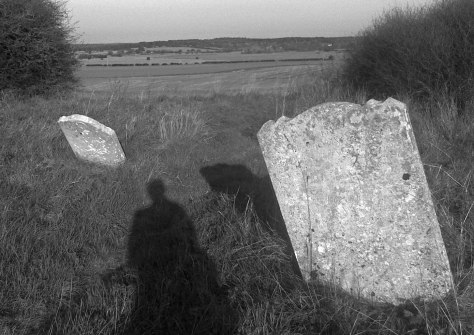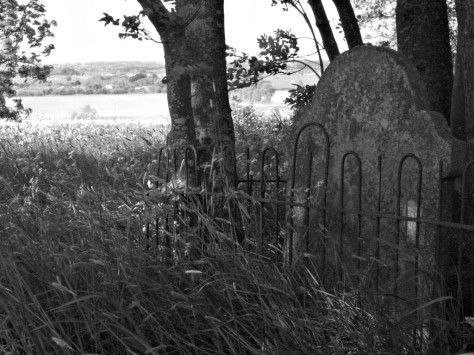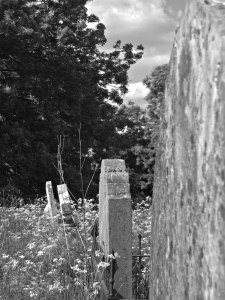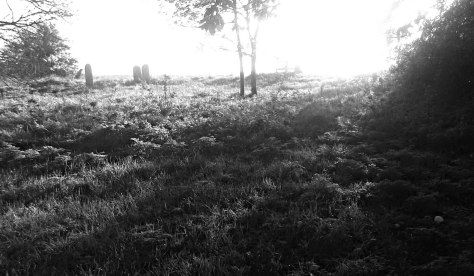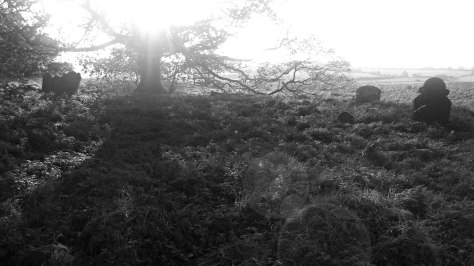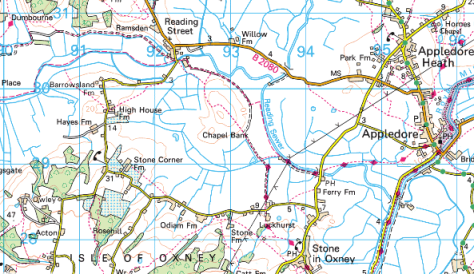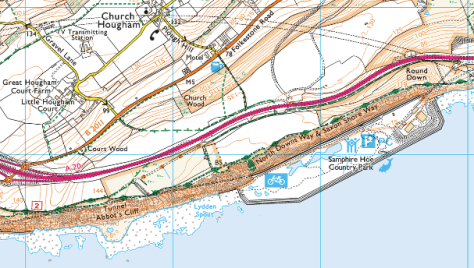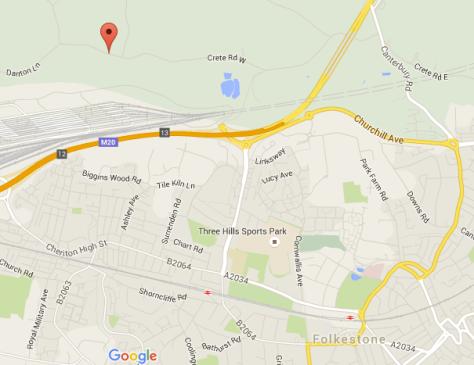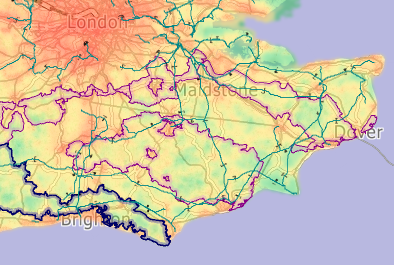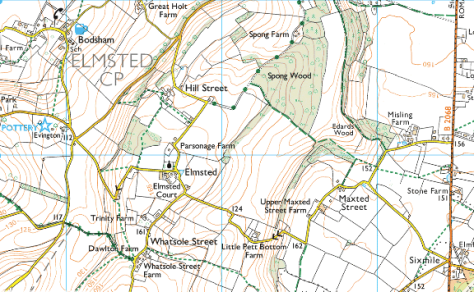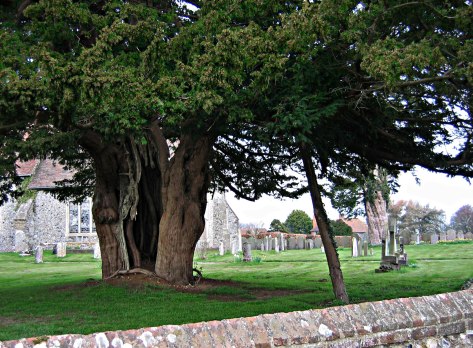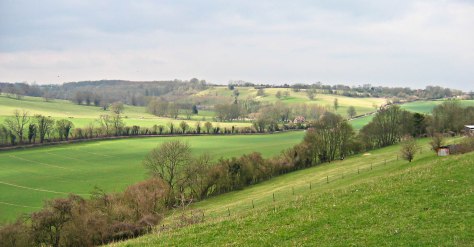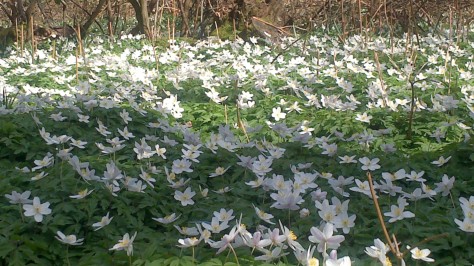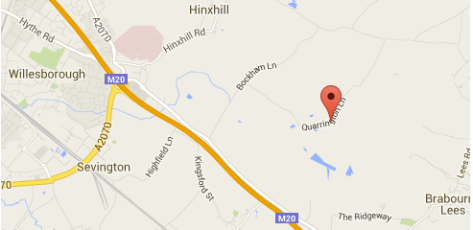If you’re looking for somewhere a little bit spooky to explore this Halloween, I may have just the place for you: a remote, abandoned graveyard on top of a hill, surrounded by bleak marshland.
The question everyone asks when they visit Chapel Bank, at the edge of Romney Marsh, is what these graves are doing here out in the middle of nowhere. The clue is in the name – there used to be a chapel on top of the hill. But in 1858 the local parishioners decided to move it (although not before the woman who the Granny Smith apple was named after was married here!). The entire building was moved a mile and rebuilt at Reading Street, where you can still see it today. It must have been quite a task – dismantling it more or less by hand and transporting the stones by horse and cart, so why go to all this trouble? Quite simply, it was falling into disuse – the villagers who had worshipped in the church had mostly moved away.
Yes, there was a village on this remote hill as well – a village called Ebony. The name has nothing to do with the wood ebony – it comes from the Anglo-Saxon Ebon Ie, which means ‘Ebon’s Island’. This land used to be surrounded by wide tidal channels and could only be accessed by ferry. In the 16th century, nearby Smallhythe was a busy centre for shipbuilding, where many of the people of Ebony were employed. If you’d stood on this hill in 1537, you might have seen one of Henry VIII’s brand new warships sail past.
Silting up of these channels brought the decline of this industry and the population began to shrink. That led to the church falling into disuse and the decision to move it. Now its hard to believe anyone ever lived or prayed on this barren hilltop at all. But a pilgrimage from the church in it’s new location to the graveyard still takes place every year.
This evocative place has a lot of secrets to offer up – standing in this bleakly beautiful spot, perhaps you’ll feel the presence of those long departed villagers. Where could be better for an All Souls’ Eve wander? You’re guaranteed to sense the ebb and flow of history.
What can’t be guaranteed of course is the weather. Most of the photographs here were taken on October 31st 2014, in bright sunshine and 20 degrees C – not very Halloween-like!
Where to go
Chapel Bank can only be reached on foot – park at the villages of Stone in Oxney or Appledore, south of Tenterden in Kent, and use public footpaths to reach the hill top.


